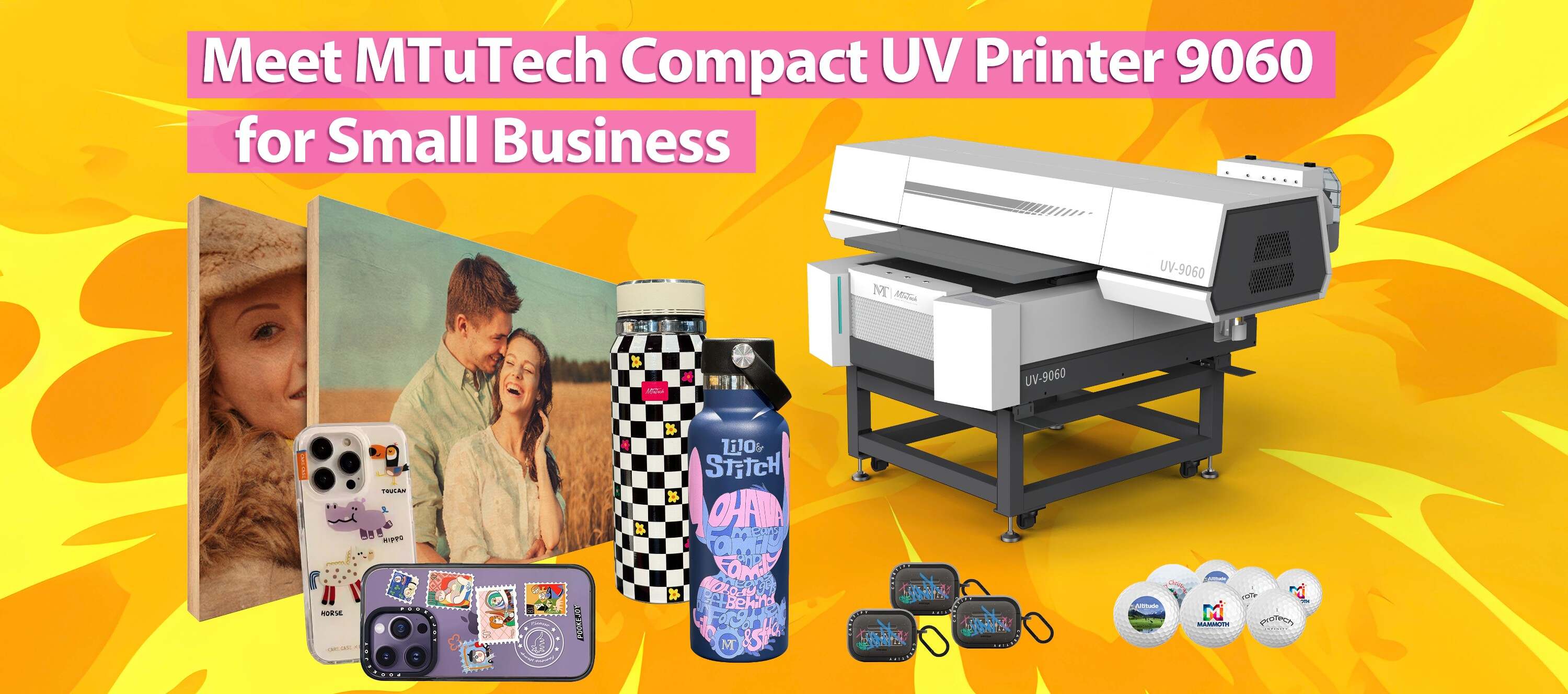Introduction
In the printing industry, UV (ultraviolet) ink is often hailed as a revolutionary advancement, offering vibrant colors and enhanced durability. However, despite its popularity, various myths surrounding UV ink longevity persist. These misconceptions can lead to misunderstandings about its applications, performance, and overall value. In this blog post, we'll debunk some of the most common myths associated with UV ink longevity, ensuring you have the facts to make informed decisions when considering UV technology for your printing needs.
Myth 1: UV Ink is Not Durable
One of the most prevalent myths is that UV ink lacks durability compared to other inks. This assertion is far from the truth. In fact, UV inks are specifically formulated to offer exceptional resistance to fading, scratching, and chemical exposure, making them a preferred choice for various applications.
Truth Behind Durability
UV ink is cured instantly with ultraviolet light, creating a robust bond to the substrate. This rapid curing process results in:
High resistance to environmental factors, such as moisture and UV radiation.
Increased scratch and wear resistance due to the polymerization of the ink.
Long-lasting prints that retain vibrancy even in outdoor settings.
Myth 2: UV Ink Fades Quickly
Another common misconception is that prints made with UV ink fade quickly over time. While all inks experience some degree of fading, UV inks are designed to withstand prolonged exposure to sunlight and other lighting conditions.
Understanding Fading Resistance
The resilience of UV ink is attributed to its unique formulation and curing process. Here’s how UV inks stand up against fading:
They contain pigments that are UV-stable, minimizing the risk of color loss.
The curing process seals the ink, providing a protective layer that further inhibits fading.
Applications in outdoor signage and graphics demonstrate their staying power even in harsh conditions.
Myth 3: UV Prints are Limited to Specific Substrates
Some individuals believe that UV ink can only be applied to certain materials, which restricts its versatility in printing applications. Contrary to this myth, UV ink is compatible with a wide range of substrates.
Versatility of UV Inks
UV printers can handle diverse materials, which makes them suitable for:
Plastic surfaces, like acrylic and PVC.
Metals, allowing for durable branding on products.
Wood and ceramics, perfect for custom decor and signage.
Textiles, enabling vibrant designs on fabric goods.
This versatility means that businesses can explore a myriad of creative opportunities through UV printing, rather than being confined to traditional ink options.
Myth 4: UV Inks are More Expensive Than Traditional Inks
While it is sometimes true that UV inks carry a higher initial cost, this does not paint the full picture regarding their overall expense. Many assume that the upfront costs make UV printing unfeasible for budget-conscious businesses.
Cost vs. Value
When assessing the total value of UV printing, one must consider several factors:
Longer lifespan of UV prints reduces the need for frequent reprints.
Enhanced durability can lower the overall cost of ownership by minimizing replacement costs.
Versatility in materials can expand markets, creating potential for higher revenue.
Investing in UV printing can lead to savings in the long run, despite the initial costs being higher compared to traditional inks.
Myth 5: All UV Inks are the Same
Another common myth is that all UV inks have the same properties and performance characteristics. In reality, there is a wide variety of UV inks tailored for specific applications.
Diversity of UV Inks
Different formulations of UV inks cater to various end-uses, such as:
Flexible UV inks for packaging that require movement and bending.
High-opacity inks for designs that need to stand out on dark materials.
Specialty inks, such as metallic or gloss finishes, for unique aesthetic appeals.
Understanding the specific needs of your printing projects allows you to choose the most suitable UV ink formulation, rather than settling for a one-size-fits-all option.
Conclusion
Debunking these common myths about UV ink longevity reveals the truth about its advantages in durability, fading resistance, versatility, cost-effectiveness, and the variety of options available. As businesses and individuals seek high-quality printing solutions, it is crucial to consider UV technology not only as a viable alternative but also as a superior option for achieving vibrant, long-lasting results.
For those looking to leverage the capabilities of UV printing, explore our high-quality UV printers here and discover how you can maximize the benefits of this innovative technology.
FAQ
What types of materials can be printed using UV ink?
UV ink can be used on a variety of materials including plastics, metals, wood, ceramics, textiles, and even glass. Its versatility makes it suitable for a wide range of applications.
Is UV ink suitable for outdoor use?
Yes, UV ink is highly resistant to UV light and weather conditions. This makes it an excellent choice for outdoor signage and graphics that need to withstand the elements.
How does UV ink compare to solvent ink in terms of durability?
UV ink generally offers superior durability compared to solvent ink. It provides higher resistance to scratches, chemicals, and fading, resulting in longer-lasting prints suitable for high-traffic applications.
Are there any health concerns associated with UV inks?
While UV inks are safe when used correctly, proper handling and curing are essential to minimize exposure. Always follow manufacturer guidelines for safety. Most UV inks are also low in VOCs (volatile organic compounds), making them a more environmentally friendly choice.
Can I achieve special effects with UV printing?
Absolutely! UV printing allows for various special effects, including glossy finishes, metallic inks, textured prints, and more. This capability broadens creative possibilities for designers and brands.

